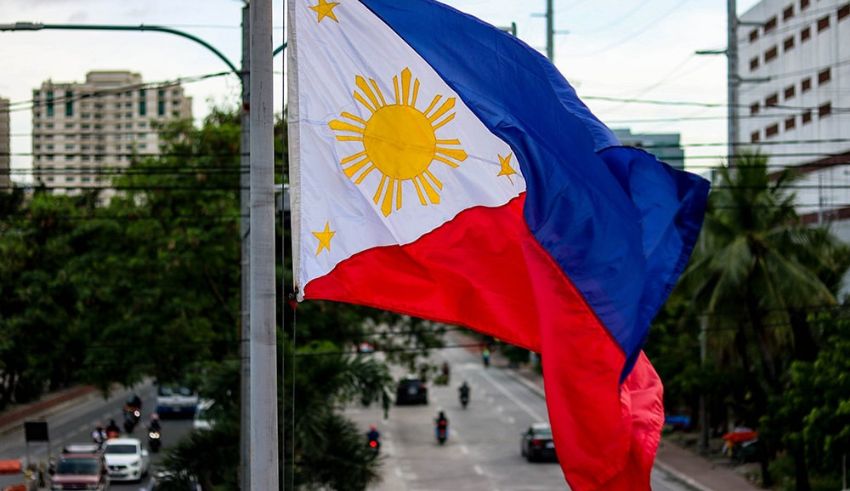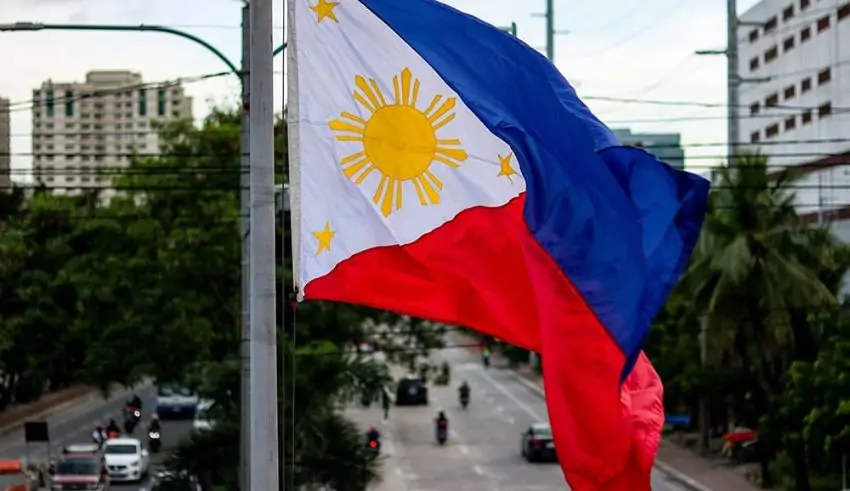

(C) BusinessMirror
The Philippines has announced its plan to allocate P3 billion ($60 million) to develop the islands that it occupies in the South China Sea, a move that reflects its determination to assert its sovereignty and protect its interests in the disputed region.
The plan includes building a fishing port on Nanshan Island, expanding an airport on Thitu Island, and improving the living conditions of the troops stationed on the Second Thomas Shoal. The Philippines also deployed five navigational buoys near its islands and reefs to enhance its maritime domain awareness and security.
The Philippines claims nine features in the South China Sea, which it calls the West Philippine Sea, as part of its exclusive economic zone. However, China also claims almost the entire South China Sea, and has built artificial islands and military facilities on some of the reefs and shoals. China has also harassed and intimidated Filipino fishermen, workers, and officials in the area, sparking protests and diplomatic complaints from Manila.
China has reacted strongly to the Philippines’ plan to develop its occupied islands, accusing Manila of violating its sovereignty and destabilizing the region. China’s foreign ministry spokesperson Zhao Lijian said that the Philippines’ actions were “illegal and invalid” and that China “firmly opposes and strongly condemns” them. Zhao also urged the Philippines to “stop its provocations and return to the right track of resolving disputes through dialogue and consultation”.
China has also stepped up its presence and activities in the South China Sea, conducting military exercises, sending coast guard and militia vessels, and imposing a fishing ban in the area. China has also increased its pressure on other countries that have interests and stakes in the South China Sea, such as Vietnam, Malaysia, Brunei, and Taiwan, by challenging their claims and rights.
The Philippines’ plan to develop its occupied islands has also drawn the attention and support of other countries and the international community, who have expressed their concerns and opinions on the South China Sea issue.
The United States, the Philippines’ treaty ally and strategic partner, has reaffirmed its commitment to defend the Philippines in case of an armed attack in the South China Sea, and has called on China to respect the 2016 arbitral ruling that invalidated China’s claims. The US has also conducted freedom of navigation operations and joint exercises with the Philippines and other allies in the region, such as Japan, Australia, and India, to demonstrate its presence and resolve.
Other countries, such as Indonesia, Singapore, and France, have also voiced their support for the Philippines’ plan to develop its occupied islands, and have urged all parties to abide by the international law and the 2002 Declaration on the Conduct of Parties in the South China Sea, which calls for the peaceful resolution of disputes and the maintenance of stability and cooperation in the region.
The Association of Southeast Asian Nations (ASEAN) has also reiterated its commitment to the completion of a Code of Conduct in the South China Sea, which aims to establish a set of rules and norms to govern the behavior and interactions of the claimants and stakeholders in the region.
The Philippines’ plan to develop its occupied islands in the South China Sea is a bold and significant move that reflects its stance and strategy in dealing with the complex and contentious issue.
The plan shows that the Philippines is not backing down from its claims and rights, and is willing to invest and improve its capabilities and presence in the region. The plan also signals that the Philippines is seeking to balance its relations with China and the US, and to leverage its partnerships and alliances with other countries and the international community.
However, the plan also entails challenges and risks, as it could provoke and escalate the tensions and conflicts with China and other claimants in the region. The plan could also face difficulties and delays in its implementation and execution, due to the logistical, financial, and environmental constraints and considerations.
The plan could also be affected by the domestic and regional political and economic developments and dynamics, such as the upcoming presidential election in the Philippines in 2022, and the ongoing COVID-19 pandemic and its impacts.
The Philippines’ plan to develop its occupied islands in the South China Sea is a crucial and consequential step that will have implications and ramifications for the future of the region and the world. The plan will not only determine the fate and the direction of the Philippines’ claims and interests, but also the stability and the order of the South China Sea, and the relations and the cooperation among the countries and the actors involved. The plan, therefore, will require careful and prudent planning and execution, as well as constant and constructive dialogue and consultation, among all the parties concerned.
If you happen to breathe K-drama, then your 'May 2025' will most likely be well-rendered into a month! Romantic sagas,…
Since yesterday, May 2, 2023, at the Mall of Asia Arena in Pasay, Ahtisa Manalo has demonstrated her brilliance by…
“you’re nothing but a trying hard copycat” Character- Lavinia Arguelles Film- Bituing Walang Ningning (1985) Context- Lavinia confronts her rival…
During the first months of 2025 WWE released several prominent wrestlers who were part of their talent roster. Professional wrestling…
Seventeen year old sprint prodigy Rin Kubo continues to make athletic history in Japan. At the Shizuoka International Athletics Meet,…
NextRise 2025-the biggest startup and tech event in Asia-is ready to take place in Seoul on June 26-27 at COEX,…
This website uses cookies.
Read More